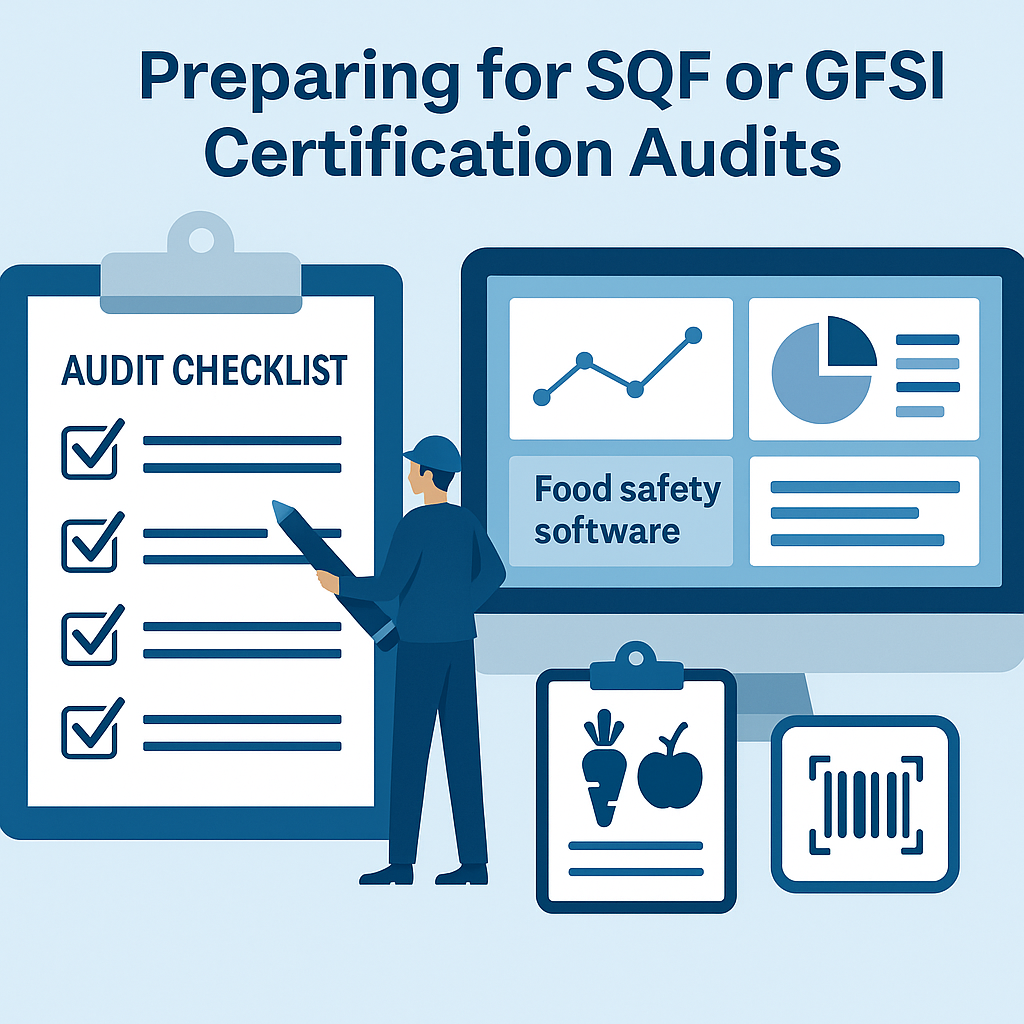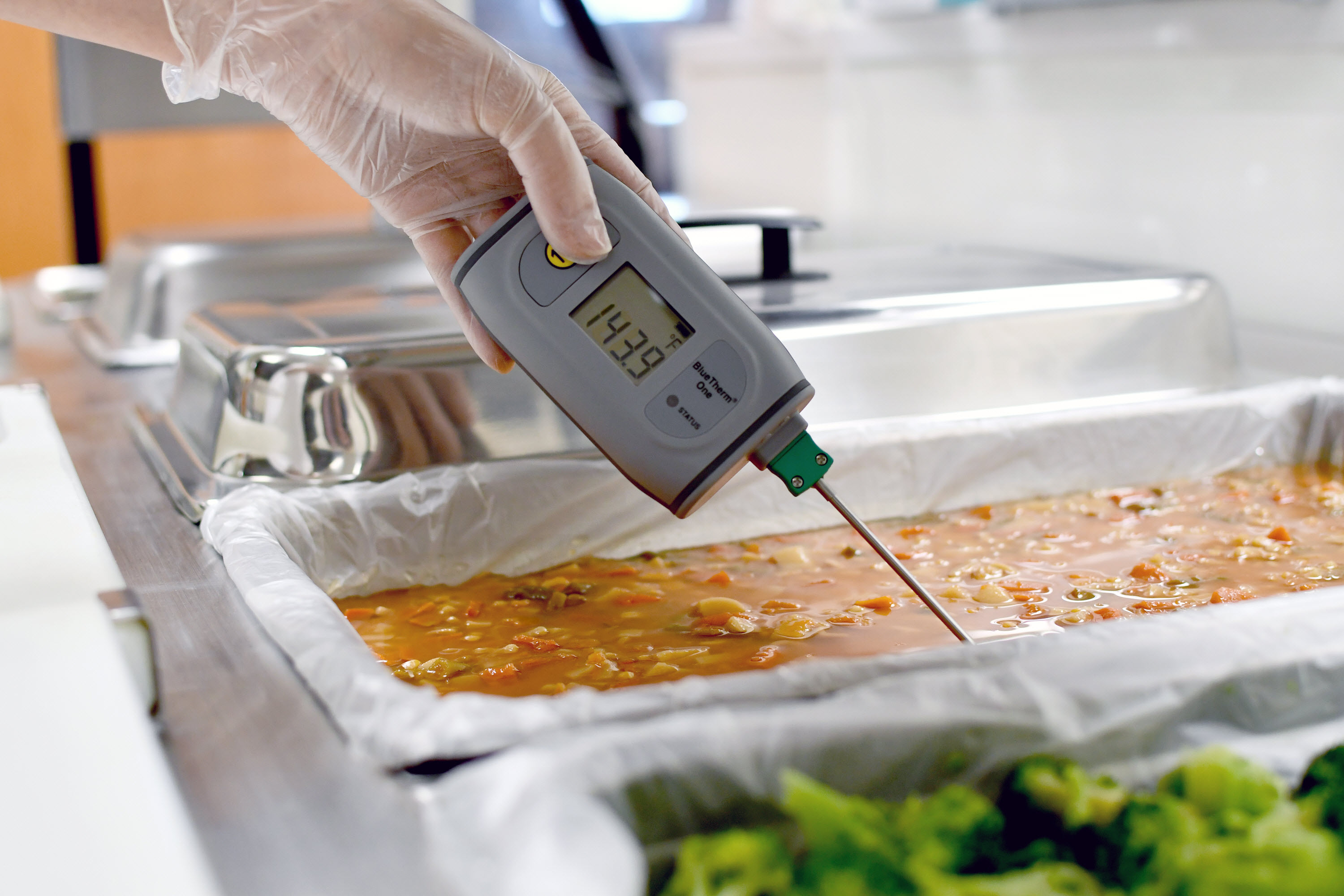In the rapidly evolving landscape of the food industry, the concept of "opportunity cost" plays a crucial role, especially when it concerns the methods and technologies utilized in managing food safety. For food safety professionals and C-level executives tasked with overseeing the efficiency and compliance of food operations, understanding and acting on the differences between traditional paper-based systems and modern digital solutions is pivotal. This shift not only influences regulatory compliance but significantly impacts business growth and operational efficiency.
Understanding Opportunity Cost in Food Safety
Opportunity cost, in economic terms, refers to the potential benefits an individual, investor, or business misses out on when choosing one alternative over another. In the context of food safety, the opportunity cost of continuing to use paper-based systems is the foregone benefits that could have been realized with digital solutions, such as food safety software or food traceability software.
The Drawbacks of Paper-Based Systems
Traditional paper-based food safety systems, while familiar, pose significant limitations and risks:
- Time Consumption and Inefficiency: Manual recording of data is time-consuming, diverting staff from core operational duties or proactive safety measures.
- Error-Prone Processes: Handwritten logs and manual data entry are susceptible to errors, which can lead to non-compliance and potential food safety issues.
- Difficulty in Tracking and Traceability: In times of a food safety incident, tracing the source through stacks of paper can be cumbersome and slow, potentially worsening the impact of foodborne illnesses.
- Limited Accessibility: Paper records are often stored in a single location, making access and oversight difficult across multiple facilities.
The Advantages of Digital Transformation
Conversely, digital transformation through advanced food safety software offers tangible benefits:
- Enhanced Efficiency: Automated data entry and management save valuable time and reduce human error.
- Real-Time Data and Insights: Immediate access to data allows for quick decision-making and timely response to any safety issues.
- Improved Compliance: Digital systems ensure that all records are up-to-date and in compliance with changing regulations, often with automated alerts for compliance tasks.
- Advanced Traceability: With food traceability software, products can be tracked through every step of the supply chain, enhancing response time and accuracy during a recall.
Step-by-Step Approach to Transitioning from Paper to Digital
Step 1: Evaluate Current Practices
Begin by conducting a thorough audit of your current food safety processes. Identify key pain points, such as areas where errors occur most frequently, or where time is not being used efficiently. This evaluation will help pinpoint what features you need in a digital solution.
Step 2: Research and Select Suitable Software
Choose a food safety software that fits your specific needs. Consider factors like ease of use, integration capabilities with existing systems, regulatory compliance features, and the ability to scale as your business grows.
Step 3: Plan the Implementation
Develop a clear plan for the implementation of your new system. This should include a timeline, budget, training sessions for staff, and a phase-out strategy for the old paper system. It's crucial to ensure that all team members are on board and understand the benefits of the new system.
Step 4: Data Migration
Migrate your historical data from the paper records to the new digital system. This step needs to be carefully managed to ensure data accuracy and integrity. Employing data entry professionals or using data migration tools can help streamline this process.
Step 5: Monitor and Optimize
Once your new system is in place, continuously monitor its performance. Gather feedback from users and make adjustments as necessary. Regular audits will help ensure the system remains compliant with all food safety regulations and continues to meet the needs of your business.
Step 6: Continuous Improvement
Leverage the data collected by your food safety software to identify trends and areas for improvement in your processes. Continuous improvement is key to maintaining the highest standards of food safety and operational efficiency.
Examples and Benefits
Let’s consider a practical example: a mid-sized poultry processor used to rely on manual temperature logs and safety checks. By switching to a digital food safety management system, they reduced their documentation time by 60%, minimized the risk of compliance errors, and could trace any batch of processed poultry back to its source in minutes rather than hours.
In another case, a beverage manufacturer faced frequent recalls due to labeling errors. Implementing food traceability software not only helped them track the origin of ingredients more accurately but also ensured that all labeling was compliant with the latest FDA regulations, significantly reducing the risk of future recalls.
Conclusion
The transition from paper-based systems to digital solutions in managing food safety is not just a technological upgrade but a strategic business decision. The opportunity cost of sticking to outdated methods is high—not only in terms of efficiency and compliance but also in safeguarding your brand’s reputation and market position.
If you are ready to explore how digital transformation can benefit your business, I invite you to schedule a demo of our leading food safety software. See firsthand how transitioning to a digital system can reduce your operational risks and drive your business growth.







